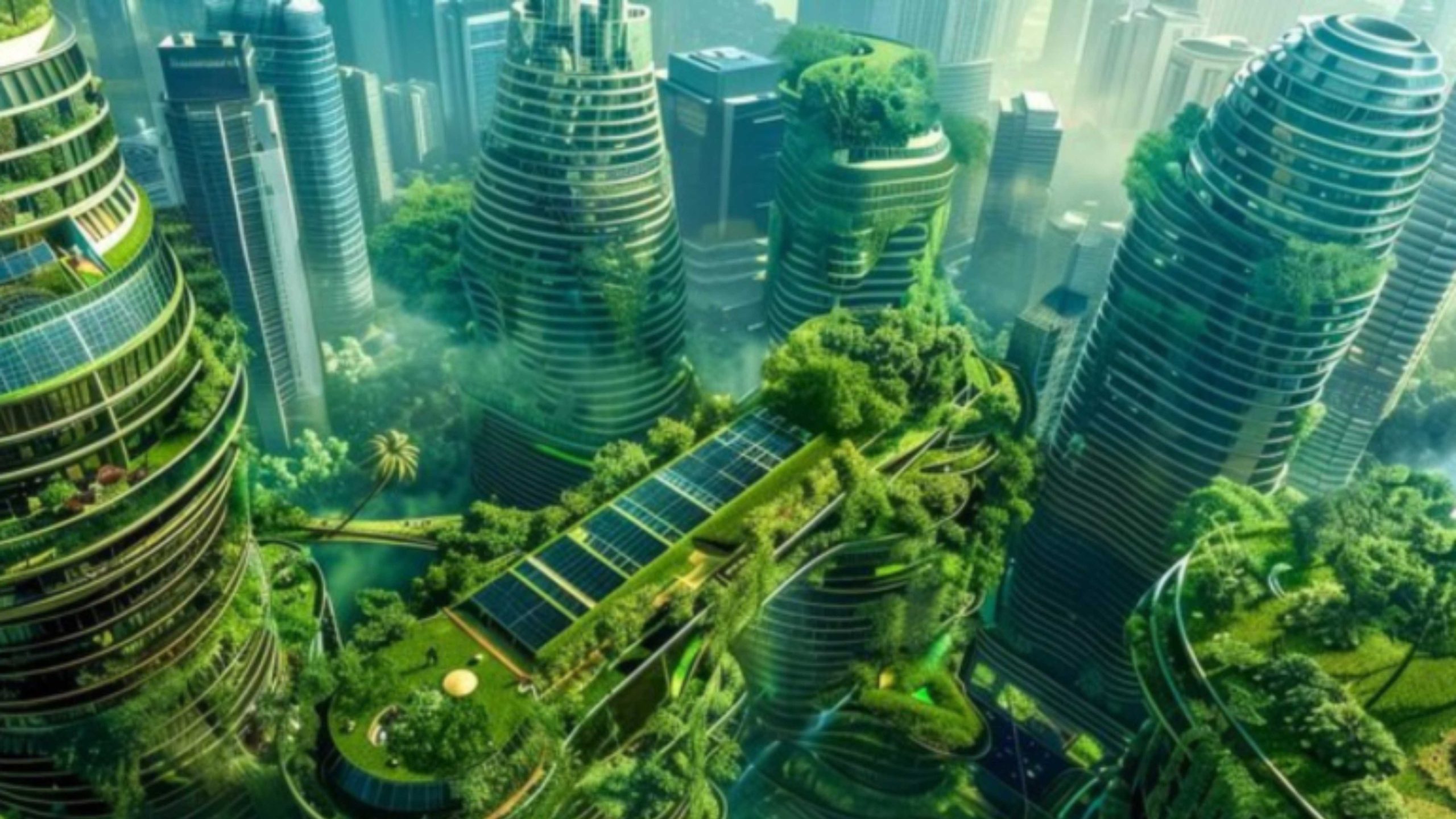
The Rise of Renewable Energy: Exploring the Latest Trends and Innovations
Introduction
The worldwide discourse surrounding the production and consumption of energy has seen a significant shift in favor of renewable sources in recent times. The urgent need to slow down climate change, together with technological developments and rising costs, has propelled the explosive rise of renewable energy. Renewable energy sources, such as solar, wind, hydro, and geothermal, are revolutionizing the way we power our planet. In this blog, we’ll delve into the latest trends and innovations driving the rise of renewable energy.
-
The Global Shift Towards Renewable Energy:
The shift to renewable energy is now a real, observable reality rather than merely a theoretical idea. Nations all around the world are establishing aggressive goals to raise the proportion of renewable energy in their energy mix. Global attempts to mitigate climate change by cutting greenhouse gas emissions have been sparked by initiatives like the Paris Agreement, and renewable energy is essential to reaching these objectives.
Despite the difficulties caused by the COVID-19 epidemic, the International Renewable Energy Agency (IRENA) reports that renewable energy capacity increased by 10.3% in 2021. The bulk of new capacity additions were fueled by investments in solar and wind power, which were the main drivers of this growth. With large investments in distributed and utility-scale generating projects, China, the US, and the EU have been at the forefront of the deployment of renewable energy.
-
Solar Power: Harnessing the Power of the Sun:
One of the renewable energy sources with the greatest rate of growth in the world is solar energy. Solar panels have become more economical and efficient thanks to developments in photovoltaic (PV) technology, which has led to their widespread use in utility-scale, commercial, and residential applications. Innovative solar solutions like floating solar farms and building-integrated photovoltaics (BIPV) are becoming more popular in addition to conventional rooftop installations.
The use of energy storage devices, such as lithium-ion batteries, to address intermittency issues and provide a steady supply of electricity is one of the most important developments in solar power. Greater energy independence and resilience are made possible by this combination of solar PV and energy storage, which is completely changing the way we think about energy generation and use.
-
Wind Energy: Capturing the Power of the Wind:
Wind turbines may be found all over the world, demonstrating the widespread acceptance of wind energy as a reliable source of renewable energy. The efficiency and capacity of wind farms have significantly grown due to recent improvements in turbine technology, which include the use of larger rotor diameters and higher towers. Using the more powerful and steady winds at sea, offshore wind in particular has become a significant growing sector.
Beyond advancements in hardware, wind energy innovation also encompasses digitalization and artificial intelligence (AI) applications for predictive maintenance and turbine performance optimization. Large volumes of data are analyzed by machine learning algorithms from sensors integrated into wind turbines, allowing operators to optimize energy output while reducing maintenance expenses and downtime.
-
Hydroelectric Power: Leveraging the Power of Water:
Hydropower continues to be one of the most established and popular forms of renewable energy, contributing significantly to the production of electricity worldwide. Although many nations still rely heavily on large-scale hydroelectric dams, interest in smaller, run-of-river hydropower projects is rising due to their reduced environmental effect and quicker construction.
The creation of modular turbine systems that can be integrated into already-existing infrastructure, such as water distribution networks and irrigation canals, is one example of hydropower technology innovation. By supplying clean, dependable electricity to isolated towns and off-grid locations, these micro-hydro systems lessen dependency on fossil fuels and diesel generators.
-
Geothermal Energy: Tapping into the Earth’s Heat:
Geothermal energy uses the heat that is stored beneath the surface of the Earth to create power and heat buildings. Although geothermal power plants are currently only found in areas with significant geothermal activity, recent developments in drilling and exploring methods are allowing this renewable energy source to be found in more geographic areas.
In places where conventional resources are limited, new avenues for geothermal energy production are being opened up by creative solutions like geothermal heat pumps and enhanced geothermal systems (EGS). By injecting water into hot rock formations, EGS technology creates artificial geothermal reservoirs, while geothermal heat pumps effectively heat and cool buildings by utilizing the comparatively stable temperatures found underneath.
-
Innovations in Energy Storage:
The ability to store excess electricity produced by renewable energy sources, such as solar and wind power, for use during peak demand hours or in the absence of renewable resources, is a crucial component of renewable energy integration. Modern technologies like hydrogen storage, pumped hydro storage, and batteries are all contributing significantly to the increased adaptability and dependability of renewable energy sources.
Technological developments in batteries, specifically related to energy density and cycle life, are reducing costs and increasing the implementation of grid-scale energy storage projects. Furthermore, advancements in solid-state batteries, flow batteries, and other cutting-edge storage technologies promise to enhance the efficiency and profitability of energy storage systems even more.
-
The Role of Policy and Regulation:
Renewable energy is expanding due to technological advancements, but this shift must be accelerated by regulatory incentives and supportive policy frameworks. In order to encourage investment in clean energy infrastructure, governments must set goals for renewable energy, put carbon pricing mechanisms in place, and offer financial incentives like tax credits and feed-in tariffs.
The global adoption of renewable energy technology is significantly aided by international agreements and collaborations. Developing nations looking to implement renewable energy solutions and lower their carbon emissions can get financial help and technical assistance from programs like the Green Climate Fund and the Clean Development Mechanism.
Conclusion
With profound effects on energy security, economic growth, and environmental sustainability, the rise of renewable energy signifies a revolutionary change in the way we generate and use power. The latest trends and innovations in renewable energy, such as solar, wind, hydropower, and geothermal energy, are lowering costs, enhancing efficiency, and opening up new avenues for the global deployment of clean energy. Governments, industry players, and civil society must work together to remove the remaining obstacles and hasten the shift to a low-carbon economy as we move closer to a more sustainable energy future.





